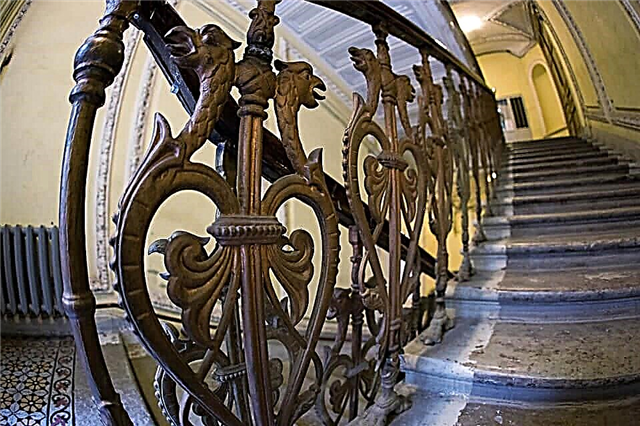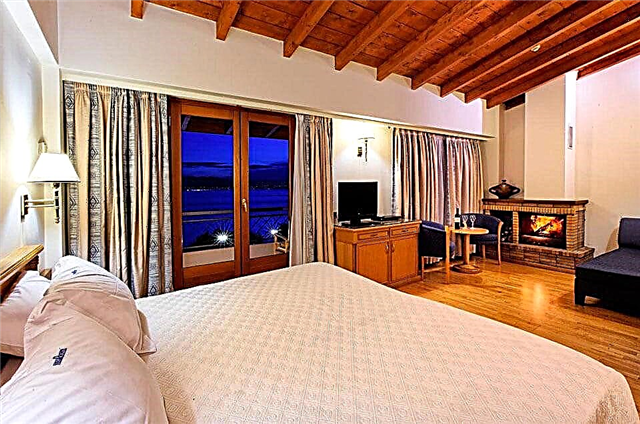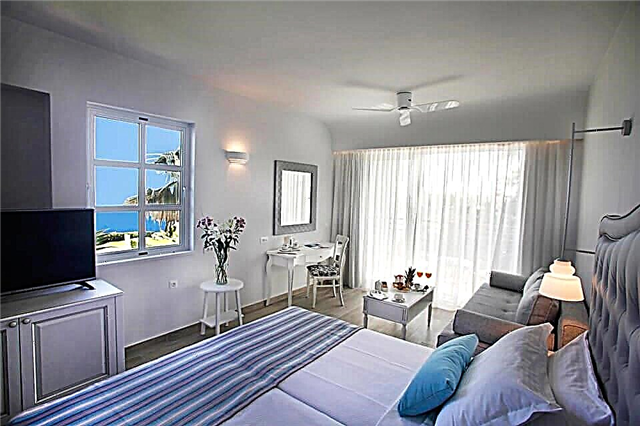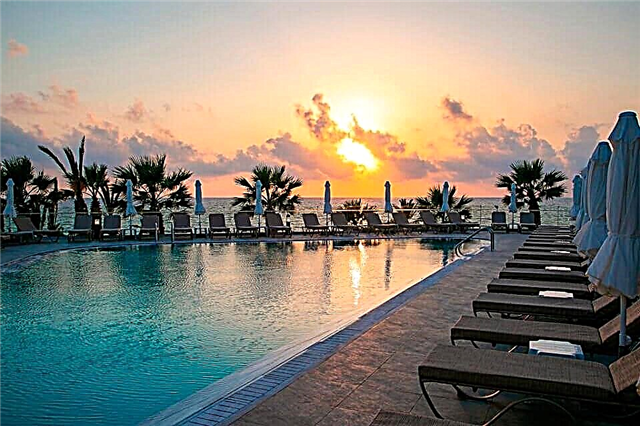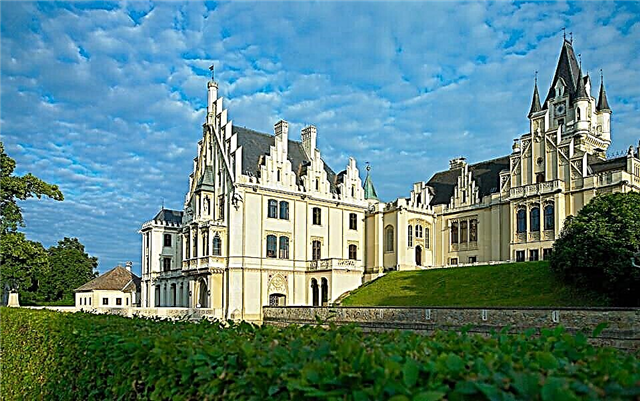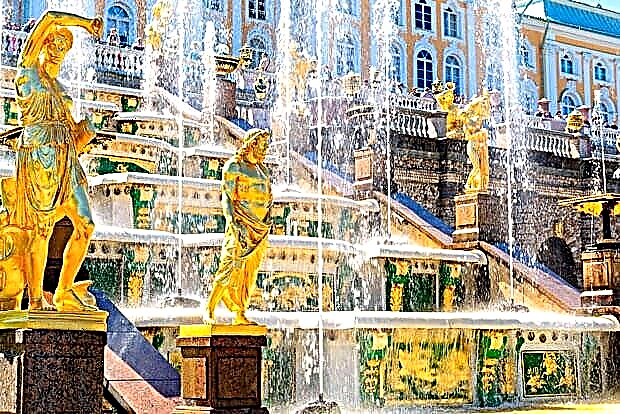Quite a few large-scale events in completely polar areas of state governance are associated with the name of Peter the Great, and therefore his initiatives in the cultural spectrum do not cause surprise, but rather something like an alarming expectation, because this person has never been trifling, which means the expected composition will also be distinguished by a certain grandeur. The Grand Cascade, located in Peterhof, a recognized palace and landscape complex that adorns the shores of the Gulf of Finland, has become just such a composition.
The Grand Cascade is the apogee, the culmination of the art of the Baroque era, crowning the entire Petrine era, drawing a bold line under it. This is one of the most difficult fountain complexes in the entire world practice, which are within the framework of this style. The Grand Cascade in its appearance dates back to the glorious eighteenth century, when the triumph of Russia, including at sea, turned out to be almost absolute. This feeling of euphoria, intoxicated by Russia after its victory over the enemy from the north, resulted in the flows of the Grand Cascade.
History of creation
The official construction of the Grand Cascade began in 1715 on the initiative of Peter I, and for its construction, as well as for the design of the entire palace and park complex of Peterhof, both domestic and foreign masters were involved, however, Jean-Baptiste Leblond was still considered the main architect , who suggested using oyster shells in the facing of the cascades, which gives the composition more liveliness and a few fabulous notes. Most of the original sculptures, which have practically not survived today, were also made according to the latter's sketches.

The material from which they decided to smelt the entire “population” of the Grand Cascade was unsuccessfully chosen, and the society was very ephemeral and sophisticated. But lead, by the end of the same century, recognized the victory of time over itself, and there was an urgent need to restore or make new statues, but this time from bronze, as from a more stable material. It was for these purposes that the Academy of Arts presented to the court such recognized masters of their craft - I. Martos, M. Kozlovsky, F. Gordeev, but their verdict turned out to be very disappointing: the statues can no longer be saved, and their too different heights upset the balance of the composition.
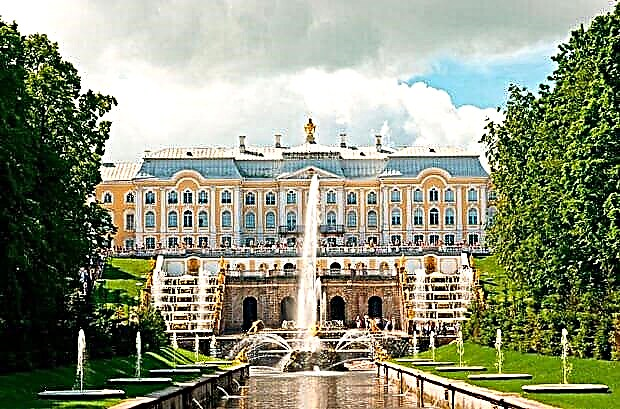
The final replacement of the statues took place by the beginning of the nineteenth century, but not in bronze, but in fine gilding and splendor. Unfortunately, this splendor found its decline when the sky over Peterhof was covered with ugly ulcers from the explosions of enemy aircraft. Some of the sculptural compositions were transported to the rear, some were disfigured by bombing, others were barbarously taken to Germany. Restoration work, officially begun at the end of World War II, continues to drag on today.
Sculptures
Most of the sculptural compositions decorating the gardens and hiding among the powerful streams of fountains are more metaphorical, but one way or another, the associative rows end with the naval domination of the Russian Empire or go back to the years of victory over the Swedes.
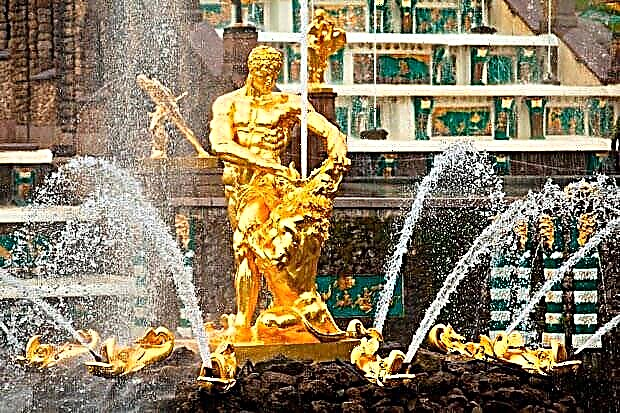
The ideological center of the Grand Cascade is Samson, whose powerful body is strained to the limit, continuing to literally tear apart the bared mouth of a giant lion. Their golden figures are lost among the seething currents. It is noteworthy that according to the original plan, in the place of Samson there was to be another put down warrior - Hercules, and in the place of the unfortunate king of beasts - a terrifying hydra. Their figures, squeezed in a mortal battle, ending in the victory of Hercules, according to the vision of Peter the Great, were to symbolize his victory in the Battle of Poltava, which became the turning point of the Northern War. But the fountain was installed after his death. The idea remained the same, but in a slightly different setting. Now it was timed to coincide with the day of St. Sampson, which so well coincided with the date of the battle itself.
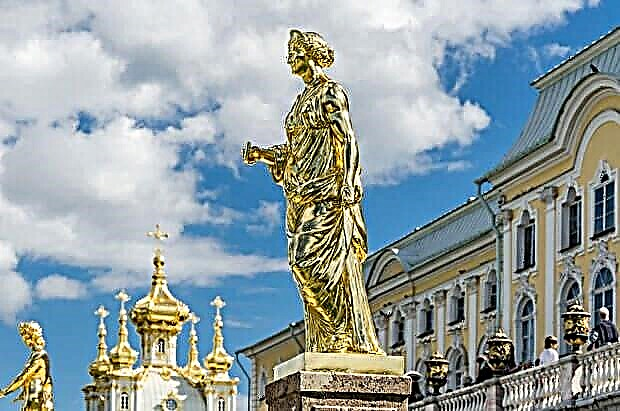
Samson is not the only piece of Greek mythology to notice. Here Faun, Perseus, Jupiter, and the warlike Amazons, and it is Persia that is traditionally associated with the image of the Great Reformer himself. Another legend has almost imperceptibly changed, and now the renowned warrior is holding a completely real sword in his hands, but the head of the defeated Gorgon resembles the outlines rather of the same defeated Charles XII.
Beautiful female images - elusive and graceful - are filled with youth and lively energy. Among all the goddesses - earthly and heavenly - Pandora occupies a special place. Only a real master, experienced in the art of psychological portraiture, Fyodor Shubin, could convey all the dramatic complexity of her multifaceted image. Pandora and her sacred vessel - the gods generously endowed her: Aphrodite shared beauty with her, Hermes taught true deceit, and Athena awarded her with clothes. In exchange for these generous gifts, Pandora descended to the mutilated earth and released it dashingly from her box.

We recommend that you familiarize yourself with other interesting and unique sights of St. Petersburg.
Opening hours and prices
The Grand Cascade of Peterhof can be viewed from 10:30 to 18:00, but the ticket offices close their work an hour earlier. The same applies to the opportunity to enter the territory of the palace and park complex - only until 17:00. The full cost of the entrance ticket is 600 rubles, the same guests who belong to the privileged category pay only half of the price.

